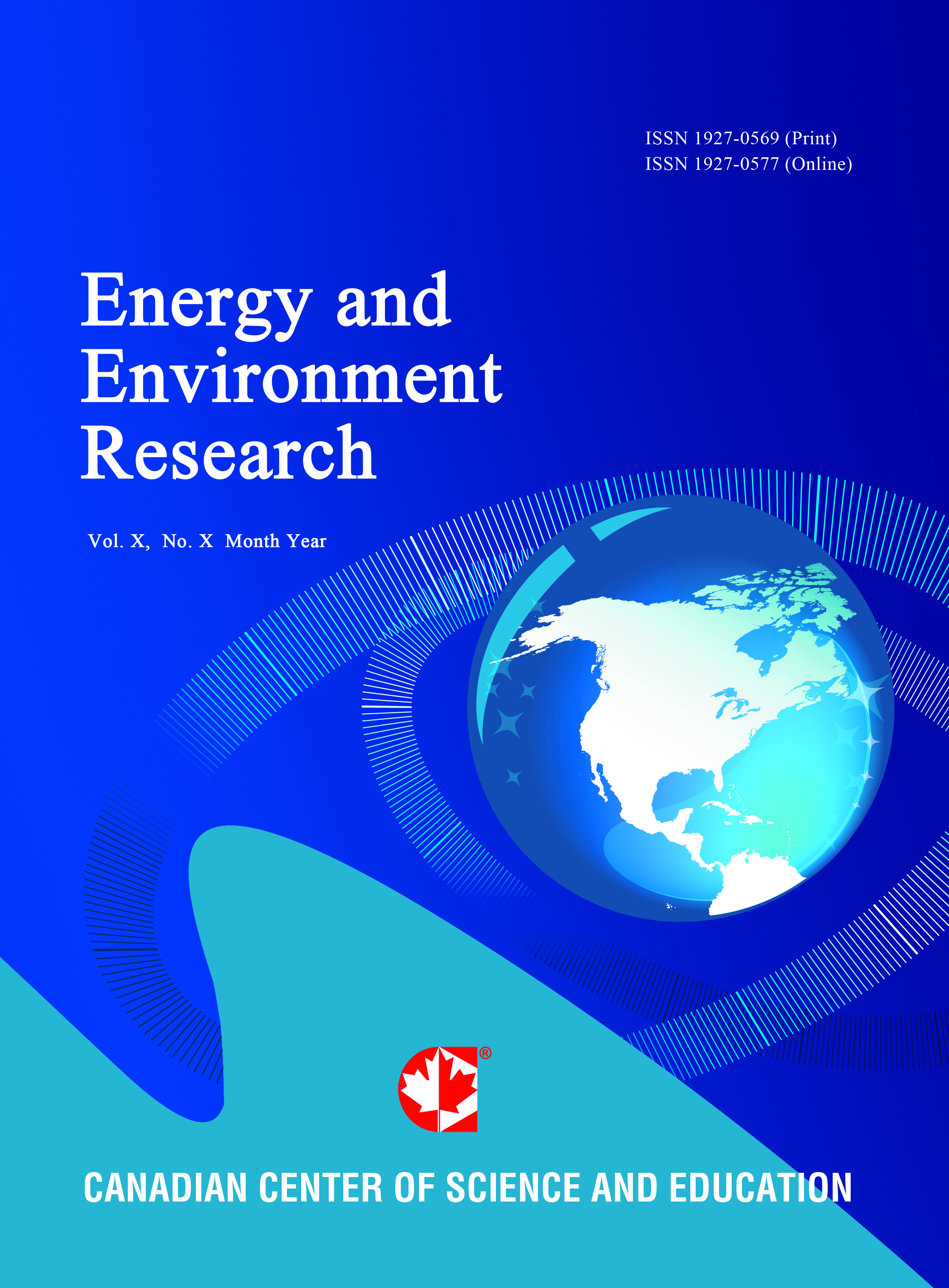Modelling the Potential Impact of Climate Change on Agricultural Production in the Province of British Columbia
- Liliana Perez
- Trisalyn A. Nelson
- Mathieu Bourbonnais
- Aleck Ostry
Abstract
The goal of this research was to model the potential impact of climate change on food production, in the FraserValley and Peace River regions of British Columbia (BC), using historical crop yield and climate data. Weidentified eight indicator crops of importance for these regions of BC and utilized historical Census ofAgriculture and climate data (temperature and precipitation) to model future potential impacts of climate changeon agriculture. We developed three climate change scenarios for these eight indicators crops (extreme, moderate,and business as usual). Under the most extreme climate model scenario the Fraser Valley is expected toexperience cooler summers and springs and wetter summers, with incremental increases in oat, blueberry andgreen bean yields by 2050. These same climate conditions were predicted to decrease the yields for raspberrycrops by 2050, while barley and wheat crop yields remain steady. The business as usual scenario, where springsand summers are warmer and summers are wetter in the Fraser Valley, predicted increased barley, oat, wheat, andblueberry crop yields by 2050, while yields of raspberries were predicted to decrease and green bean yields areexpected to be steady. Under the more conservative climate change scenario conditions, yields should remainsteady for all crops, except green beans where yields will increase by 2050. Future climate conditions for thePeace River area were much different from the Fraser Valley. All three scenarios forecasted warmer and wettersprings and summers with decreased evapotranspiration and moisture deficits. These changes in climateconditions predicted declines in wheat, canola, and barley crop yields by 2050, while incremental increases inoat and dry pea crop yields could be expected by 2050.- Full Text:
 PDF
PDF
- DOI:10.5539/eer.v5n1p49
Journal Metrics
(The data was calculated based on Google Scholar Citations)
h-index (July 2022): 19
i10-index (July 2022): 53
h5-index (July 2022): N/A
h5-median(July 2022): N/A
Index
- BASE (Bielefeld Academic Search Engine)
- CiteFactor
- CNKI Scholar
- Elektronische Zeitschriftenbibliothek (EZB)
- Excellence in Research for Australia (ERA)
- Genamics JournalSeek
- Google Scholar
- NewJour
- Norwegian Centre for Research Data (NSD)
- PKP Open Archives Harvester
- Publons
- ROAD
- SHERPA/RoMEO
- Standard Periodical Directory
- Ulrich's
- Universe Digital Library
- WorldCat
Contact
- Lesley LuoEditorial Assistant
- eer@ccsenet.org
